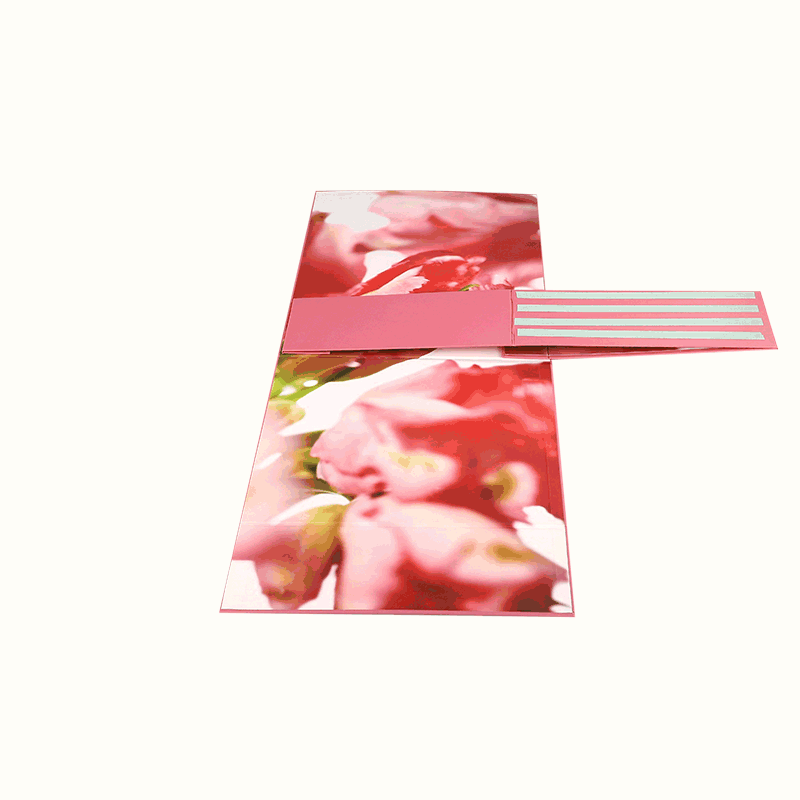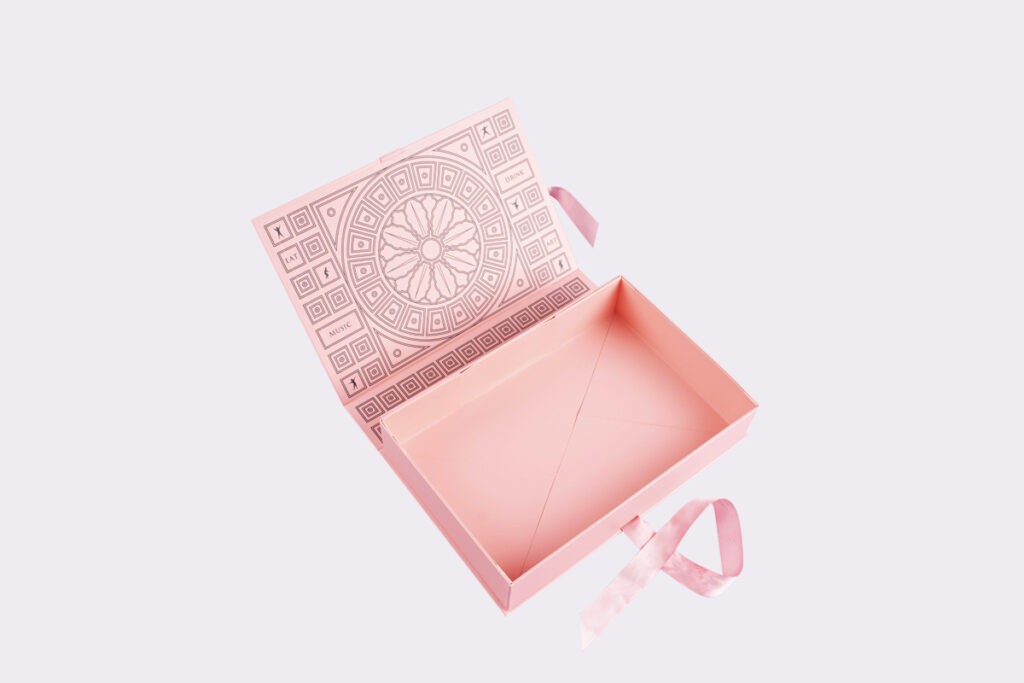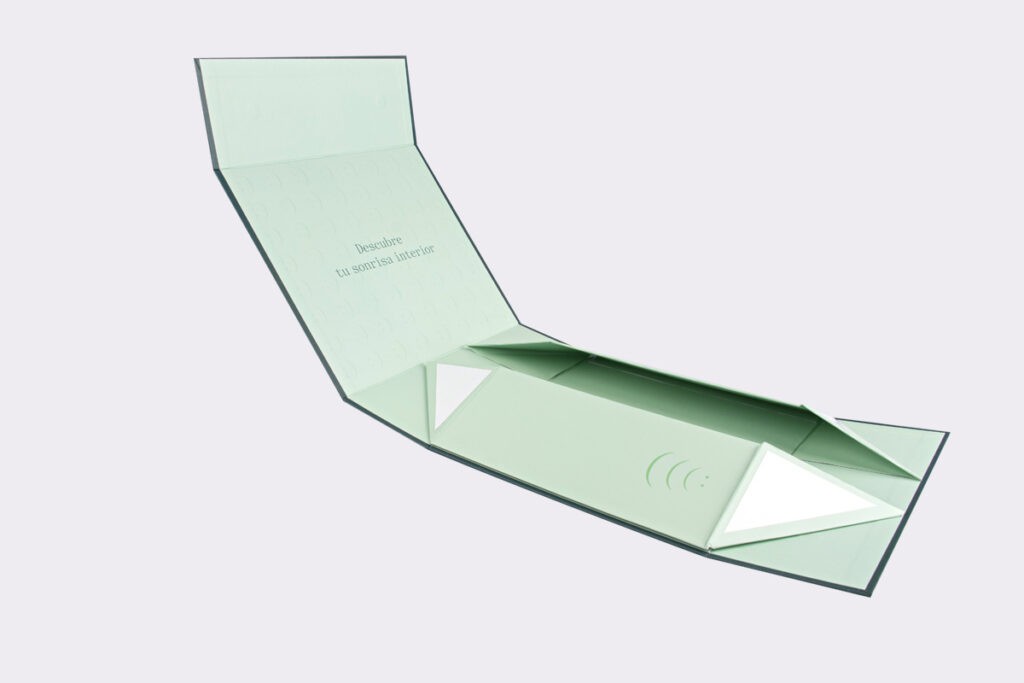Are you contemplating the use of folding cartons for your product packaging needs? If you are, you’ve come to the right place to gain a thorough understanding of this versatile packaging option. Folding carton box, these flexible paper boxes, have gained popularity across various industries. While they are commonly associated with food packaging, they are equally suitable for pharmaceuticals, cosmetics, and electronics.

Paperboard, the primary material, offers exceptional flexibility in customizing the size, shape, and structure of your packaging to accommodate any product. In this article, we will delve deep into the world of folding cartons, covering their definition, common materials, styles, production methods, and pros and cons. By the end of this comprehensive guide, you’ll be well-equipped to determine whether folding carton packaging is the right choice for your product.
Understanding Folding Carton Box
Before we explore the intricacies of this versatile packaging option, let’s establish what folding cartons are. Folding cartons are a type of paperboard packaging that has gained popularity among consumer products for their lightweight nature and adaptability. Typically employed as secondary packaging, these foldable paper boxes are designed for easy assembly from a single flat sheet into a three-dimensional package. This characteristic makes them cost-effective for transportation since they are shipped flat, while still offering a high degree of customizability.
Folding Cartons vs Rigid vs Corrugated Boxes
To better comprehend the distinctions between folding cartons, rigid boxes, and corrugated boxes, we’ve created a simple chart:
| Property | Folding Cartons | Rigid Boxes | Corrugated Boxes |
|---|---|---|---|
| Primary Material | Paperboard | Cardboard | Corrugated Card |
| Customization | High | Medium | Low |
| Strength & Durability | Moderate | High | High |
| Eco-friendliness | Yes | Yes | Yes |
| Cost-effectiveness | Yes | No | Yes |
| Versatility | High | Medium | Low |
| Suitable Industries | Varied | Luxury | Shipping |
Folding Carton Box Packaging Materials, Types & Styles
In terms of materials, the most commonly used for standard folding cartons is paperboard made from wood pulp, a renewable and environmentally friendly resource. However, there are options for higher-grade, certified paperboard that meets food and medical standards. For those aiming to enhance eco-friendliness, kraft paperboard, made from 100% post-consumer recycled material or reclaimed paper stock, is a popular choice. Beyond material considerations, a wide array of styles and box types are available.
Whether you’re employing folding carton box for food packaging or for products like cosmetics and electronics, the styling possibilities are endless. Options range from choosing kraft paper packaging for its eco-friendliness to utilizing a two-piece box for a touch of luxury. These foldable paper boxes prove to be an excellent choice for packaging various products.

Manufacturing Processes
Irrespective of the materials or styles chosen for your carton packaging project, the manufacturing process for folding carton box remains consistent. After finalizing your box design, it’s time to engage your packaging supplier in a series of processes collectively referred to as “converting”:
- Die-Lines and Sheet Layout: Die-lines represent flat box versions, indicating the locations for die-cutting, folding, and gluing, along with the artwork’s placement on the final package.
- Sheeting and Printing: Large rolls of paperboard are first cut into sheets before undergoing printing. This step ensures efficient and effective grain direction for the printing process. Artwork and imagery are inked and coated onto the sheet through offset, digital, or flexographic printing.
- Post-Press Finishes: Additional customizations like hot-foil stamping, embossing, and debossing are carried out during this stage to enhance the box’s aesthetics.
- Die-Cutting: In this stage, numerous duplicates of your carton are cut from the paperboard sheet using specialized die-cutting machinery.
- Folding and Gluing: The final converting stage involves feeding the die-cut pieces through a machine for folding, pre-breaking, and gluing. Some cartons incorporate transparent windows during this stage. Manufacturers strive to complete these processes with minimal passes.
Pros & Cons of Folding Cartons
Now that we’ve delved into the intricacies of folding cartons, let’s examine their advantages and disadvantages. As with any packaging option, there are pros and cons to consider when determining its suitability for your product.
Pros:
- Cost-Effective: Folding cartons offer cost-effective solutions, particularly in large quantities.
- Sustainability: The materials used in their manufacture are 100% recyclable, making them environmentally friendly.
- Customization: A plethora of printing and finishing options, including UV coating, spot UV coating, lamination, embossing/debossing, die-cutting, and more, are available.
- Certified Grades: Options for certified grades of paperboard material are available for food and medical industry standards.
Cons:
- Strength and Durability: While generally reliable, folding carton box may require additional inserts for products requiring high protection.
- Weight Limitations: They are less suitable for significantly heavy products due to machinery limitations.
- Assembly Challenge: Some cartons can be challenging to assemble, leading to improper disposal and increased waste.

Suitable Industries
Folding cartons find their primary suitability in the food and medical industries. They offer various paperboard grades tailored to specific industry standards, ensuring product protection and freshness. However, other industries can benefit as well, including cosmetics, known for their lightweight and attractive packaging designs, and electronics, where protection from physical damage, dust, and moisture is crucial.
Even if your product falls outside these mentioned industries, folding cartons can provide significant advantages. If you’re uncertain about the suitability of this packaging option for your product or ready to embark on your packaging project, don’t hesitate to reach out to one of our packaging specialists for more information.
In Conclusion
Folding carton packaging presents a versatile and eco-friendly option for a wide range of products. By considering the pros and cons and understanding the specific requirements of your industry, you can make an informed decision about whether folding cartons are the ideal packaging solution for your product. Remember that their adaptability makes them a valuable choice even beyond the industries typically associated with them.
For more detailed information about the boxes we have produced and to get a price quote, you can fill out the contact form below or contact us through our communication channels.
Phone : +90 (533) 580 23 38
E-mail : sales@artaspack.com

